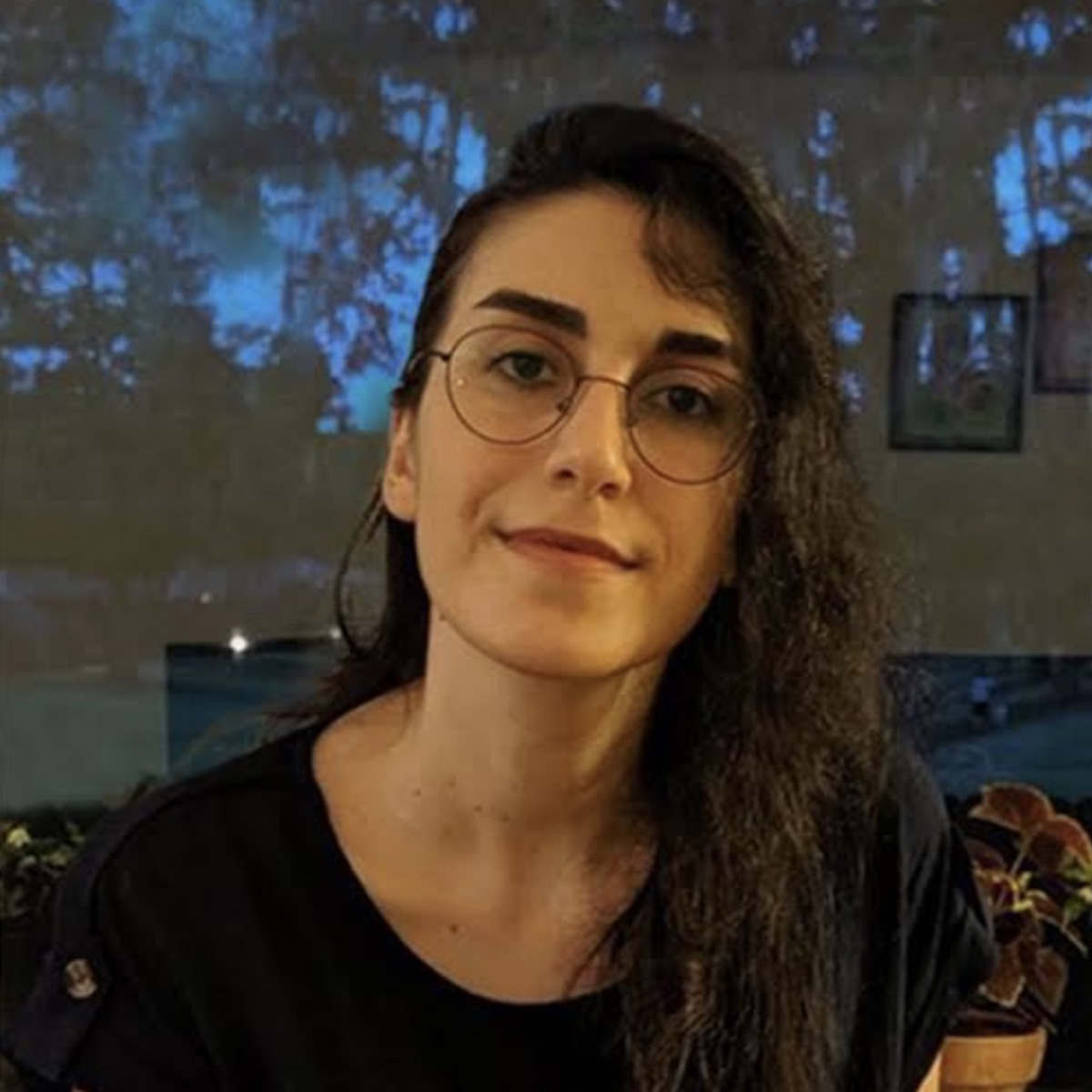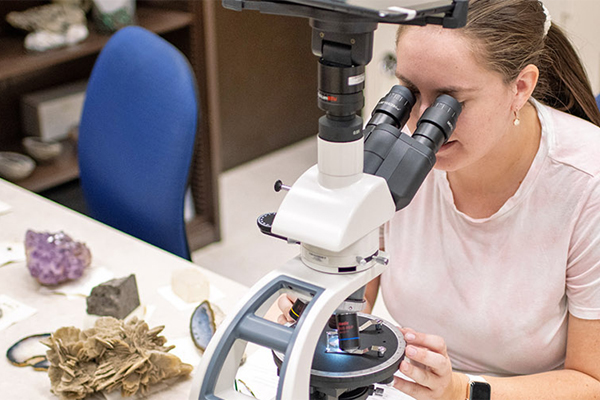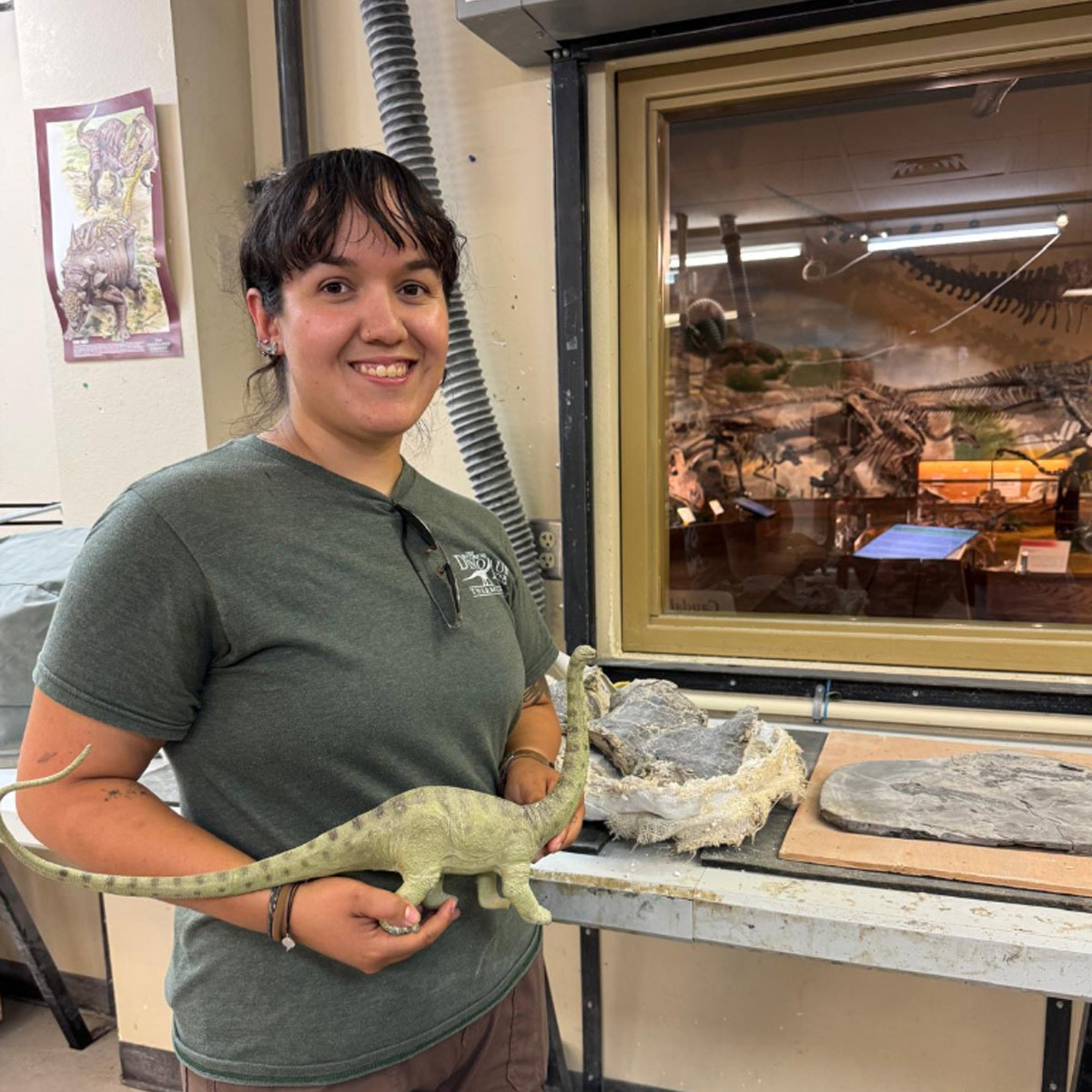Posted on January 24, 2025 by College of Sciences

Mahsa Afra, M.S., Department of Earth and Planetary Sciences
What did your journey to UTSA look like and are you fixed-term track or tenure track?
I am a fixed-term track faculty lecturer. To tell about my journey to UTSA, I should probably start with my passion in the Earth sciences and how I ended up in the US. Attending exploration geophysics courses during my undergraduate studies was undoubtedly determinant of the rest of my studies and provided me with a fantastic opportunity to know my skills and interests better when I hesitated which field was best to pursue.
After passing a few sessions and participating in the geophysical field trips along with graduate students, I found it attractive since it influenced my vision about my objectives for the future. I was so determined to pursue my graduate studies in Geophysics. During my graduate studies I became more interested in scientific research and focused on Seismology. Since I was looking for better opportunities, I decided to immigrate to the United States to pursue higher education. At USF, I worked on subduction zone earthquakes and modeling of surface deformation. Finally, after graduation, and in Fall 2023, I started my work at UTSA as a faculty lecturer.
What do you enjoy most about your area of study?
The Earth has always been an attractive research focus to me. We, geologists, study geology to make new discoveries and learn more about the world around us and natural resources that support our modern life. We also use two main types of evidence to learn about Earth's interior: direct evidence from rock samples brought to the surface by volcanic activities and indirect evidence from seismic waves. Yes, exploring what's happening beneath the Earth is indeed fascinating.
What are some of the most notable research projects that you've been involved in?
- Applications of seismic and geodetic data to earthquake hazard research
- Three-dimensional P-wave tomography
- Analysis of stress regimes from stress inversion of earthquake focal mechanisms
- Process and interpretation of Ground Penetrating Radar data for detecting underground holes
What is your proudest moment with the COS?
My proudest moment is collaboration with other COS faculty members in UTSA ESTEEMED Program. It was a great experience to help scholars begin their training in a five-week summer "Bootcamp" enrichment program in the summer prior to their first year.
What do you enjoy most about your job?
As an early-career geologist/geophysicist, my main objective in all of the courses has been to equip students with accurate knowledge and transferable analytical skills to critically link a geological view to the real life. I believe the most enjoyable thing about teaching is watching students get better as they put time and effort into their work, and it necessarily requires an interaction between an instructor and students. I like to see students learning bit by bit, until they no longer need me.
How would you spend your ideal Saturday?
An ideal Saturday for me starts with a few pages reading in bed and drinking tea. I like to stay in the bed for an extended period; why not more relaxation?! Saturday is probably the only day I can cook whatever I want and enjoy it. I also enjoy walking around the neighborhood, watching a movie, and shopping; no matter if it is in-store or online!

Explore the EPS Department!
With research centers such as the Center for Advanced Measurement in Extreme Environments and the Institute for Water Research, Sustainability and Policy, students have access to diverse research opportunities to foster their education.
Recent EPS Spotlights
View More Spotlights



